Discover Wet Fly Swing Fly Fishing Podcast
Wet Fly Swing Fly Fishing Podcast

Wet Fly Swing Fly Fishing Podcast
Author: Dave Stewart
Subscribed: 689Played: 51,508Subscribe
Share
© Copyright: Wet Fly Swing Media - Your Fly Fishing and Fly Tying Resource | 2017 - 2021
Description
Dave from the Wet Fly Swing Fly Fishing Blog interviews the biggest names in fly fishing and fly tying today. He digs out all of the best fly fishing tips and tricks to help you understand how to choose the right gear, find fish, present the fly, discover new patterns and much more. Find out about new rods, lines, techniques, knots, tying tools and unheard of tips along with great stories about life and the times of some of the most knowledgeable guides, shop owners, and fisherman from around the world. Season 1 covers all things steelhead fishing. Better understand topics like spey casting, nymphing vs. swinging flies, intruders, finding fish, conservation and finding new waters. Come join us for the current season and share the stories and great memories told by amazing people.
879 Episodes
Reverse
Show Notes: https://wetflyswing.com/530 Presented By: Yellowstone Teton Territory Sponsors: https://wetflyswing.com/sponsors Picture an eager eight-year-old, fishing rod in hand, standing by a South Dakota pond. That was Sam, embarking on a journey that would lead to a lifelong passion for fly fishing. Now, we invite you to come along as my guest Sam shares fishing tales and tips, from the peaceful corners of Eastern Idaho to the sturdy boats of Miller Drift Boats. Our episode navigates the tranquil world of fly fishing, discussing the pursuit of quiet spots away from the crowds and the unique experiences Eastern Idaho offers. Our conversation flows into an exploration of drift boating, examining models like the Hyde Pro Series and the Montana Skiff, and discussing the durability of different materials and designs. We also share essential safety tips for drift boating, emphasizing the importance of wearing life jackets and proper anchor use. Our chat takes a detour into the local scene of Henry's Fork and the charm of the local fly shop, Jimmy's Fly Fish Food. Sam shares his personal experiences with drift boating and dives into the necessity of safety on the river, rounding off our episode. Come join us on this angling adventure, filled with stories, laughter, and invaluable tips for both newbies and seasoned fly fishers. Episode Chapters - Miller Drift Boats (0:00:05) - Fly Fishing and Miller Drift Boats Sam began fly fishing at age 8, learning to catch bluegill and watching bass eat them, and later in college discovered the art of fly fishing and caught fish after fish. (0:09:06) - Fishing Trips and Finding Quiet Spots Enjoy fly fishing, helping guests find peaceful rivers away from crowds, and sharing the joys of nature. (0:12:40) - Fishing in Eastern Idaho and Durability Miller Drift Boats and Hyde's unique boats discussed for extra effort fly fishing spots. (0:22:15) - Types of Boats and Safety Considerations Leg locks, aluminum vs. fiberglass, safety, and finding the best spot for fly fishing. (0:34:13) - Drift Boat Rowing and Safety Tips Prioritize safety when drift boating; row away from danger, avoid fast water and big rocks, and consider restrictions on teaching and guiding. (0:38:06) - Life Jackets and Anchors We discuss life jackets, anchors, NRS Matique Inflatable life jackets, and Tornado Anchors for fly fishing safety. (0:41:15) - Boat and Fishing Recommendations in East Idaho We discuss fishing opportunities on Henry's Fork, Jimmy's Fly Fish Food, Hyde Pro Series XL, Montana Skiff, and safety. (0:54:21) - Music, Podcasts, and Boat Talk Sam and I discussed river safety, boats, life jackets, anchors, and fly fishing on Henry's Fork. Show Notes: https://wetflyswing.com/530
Show Notes: https://wetflyswing.com/480 Presented By: Yellowstone Teton Territory Sponsors: https://wetflyswing.com/sponsors Get ready for an epic adventure at the Lodge At Palisades Creek on the South Fork of the Snake River! Justin's got an awesome story to tell—from chef to fly fishing guide to running the lodge. We find out how they won the Orvis Fly Fishing Lodge of the Year and how Orvis has supported them along the way. We explore the river's stunning five sections, each stretchin' about 12 miles. We dive into the wild world of Yellowstone cutthroat and those rowdy rainbows, causing a stir in Idaho with bounties on their heads! We've got the lowdown on the Salmon fly, Goldenstone, and Caddis fly hatches—nature's showtime! Justin also shares valuable tips for all the DIY anglers out there and discusses the importance of river etiquette. Plus, a crazy story involving Dick Cheney's bodyguards and a sketchy civilian that came so close to a river shootout! Show Notes with Justin Hays on Lodge At Palisades Creek 03:00 - Justin tells the story of how he transitioned from being a chef to being a fly fishing guide to managing a lodge. 06:50 - Justin talks about how partnering with Orvis has provided so much support to them in every aspect along the way. 08:20 - We talk about Yellowstone cutthroat decreasing in numbers and the rainbows increasing, almost being considered invasive. As a result, the Idaho Fishing Game made it legal to catch and kill rainbows, making it a controversial topic in Idaho. IFG even put a bounty on rainbows. 12:50 - We are coming to the Southfork in Fall for Euro Nymphing School with Pete Erickson. 20:20 - We had an episode about the Henry's Fork Foundation with Brandon Hoffner at WFS 414. 23:15 - Trivia: Henry's Fork was originally called the North Fork. 27:40 - They divide the river into 5 sections. Each section is roughly 12 miles long. The 1st section has 5 access points. The 2nd and 3rd sections are the Canyon sections - Justin talks about the amazing campsites in these sections and how amazing it is to fish there. The 4th section begins in the town of Ririe. Read about these sections in detail here. 35:45 - You can visit MillerDriftBoats.com to rent a raft or a drift boat. 36:15 - Stonefly hatch lasts about 2 weeks. Justin talks about the Goldenstone hatch. In the summer they have a hopper season which ends in August. He also noted the Mutant Stonefly hatch - stoneflies that can't fly. And then they have some Dunns as September progresses. 41:50 - "The trick to the Salmon fly thing is throwing a large dry fly on 2x underneath a bush or a tree and twitching out and try to mimic the real lifecycle of an adult Salmonfly...", Justin explains in detail. 46:20 - Perdigons has been a game-changer for them in the last 2 years. 48:20 - Caddis fly hatch starts in mid-October. 48:55 - Pro tip for DIY anglers: "This river empties at 5 pm. You can have that river to yourself at 5 pm and it doesn't get dark until 10 pm." 52:30 - Justin is turning 55 this year. He started fishing in the Snake River when he was about 19 years old. 55:45 - We talk about river etiquette. 1:00:50 - Justin talks about how they won Orvis Fly Fishing Lodge of the Year. 1:06:55 - We noted that video by The New Fly Fisher highlighting the Lodge At Palisades Creek. Scroll down to watch the trailer. 👇🏻 1:07:20 - Their outfitting team mainly uses ClackaCraft Drift Boats. Justin talks about how they customized their boats and their great features. 1:11:30 - Justin recommends a 9-foot 6-wt rod. 1:13:13 - Justin noted a few restaurants and places around the area that has good food. 1:14:45 - Justin talks about Dick Cheney who's also a passionate fly angler. He tells a crazy story of when Dick's bodyguard suspected a civilian of being a threat and almost got shot. Show Notes: https://wetflyswing.com/480
#823 Show Notes: https://wetflyswing.com/823 Presented By: TroutRoutes Erik Johnson of TroutRoutes (now part of OnX) returns to share how digital mapping is transforming trout fishing across the country. He walks us through new features like integrated OnX cartography, live stream gauges, offline maps, custom markers, and Android/iOS upgrades Erik also talks about trout lakes, stream classifications, and how anglers can use TroutRoutes for everything from blue-lining in the Driftless to planning multi-day backcountry trips. Along the way, he shares insights on safety, boats and rowing, fly shop shoutouts, and what it’s like to grow from a 5-person startup into part of a 400+ employee mapping powerhouse. #823 Show Notes: https://wetflyswing.com/823
Show Notes: https://wetflyswing.com/822 Presented By: Pescador on the Fly Sponsors: https://wetflyswing.com/sponsors From shoulder surgery rehab to 10 guiding seasons across Rock Creek, the Blackfoot, and the Big Hole, Montana guide and photographer Drew Baker shares how he turned days on the oars into a career behind the lens. In this episode, Drew shows why the best Montana fly fishing photography tips aren’t about megapixels—they’re about telling a real story on the water. You’ll learn how to capture authentic moments (not just grip-and-grins), build a simple kit that travels well, and plan your shots so you protect fish and still come home with wall-worthy images. We also dig into summer strategy across Montana, when to pivot rivers, and the underrated power of the point-and-shoot in your waders. Show Notes with Drew Baker on Fly Fishing Photography 02:57 - Drew shared how photography became his focus, noting that breaking into the hunting industry was easier than fly fishing since many fishing content creators were established early, but his passion for photos began with fly fishing. 04:30 - He recounted how rehabbing a shoulder surgery in college led him to daily fly fishing, on the advice of his physical therapist, which eventually turned into guiding in 2015. 06:08 - Drew explained that Philipsburg, Montana offers access within 90 minutes to major rivers like the Bitterroot, Blackfoot, Clark Fork, Big Hole, and Beaverhead, giving guides flexibility depending on flows and client lodging. 07:19 - He described guiding on the upper 14 miles of Rock Creek, where outfitters without Forest Service permits are restricted, and how this stretch provides prime opportunities close to town. 09:11 - Drew talked about his collaboration with Jeff from Pescador on the Fly, capturing lifestyle product photography and storytelling video while fishing on the Missouri. 10:28 - He discussed filming Happy Hustle masterminds, where entrepreneurs combine survival skills, fishing, and camping with business problem-solving, which has shaped how he organizes his own guiding and photography business. 14;21 - Drew explained that while phones can work for casual anglers, carrying a small point-and-shoot camera can inspire more creativity and story-driven photos. 16:19 - He detailed his pro setup: two Sony bodies, one wide-angle lens for scenery and one telephoto for wildlife or tight fishing shots, since swapping lenses mid-float risks water damage. 18:12 - On the Pescador shoot, Drew used his Sony A7 IV, a wide and tight lens, a DJI Pocket 3 gimbal camera for stabilized boat footage, and a drone to capture varied perspectives. 19:58 - He described how gimbals stabilize video, eliminating distracting shake, and why the DJI Pocket 3 has become a game-changer for filming on water. 22:03 - Drew highlighted the DJI Pocket 3’s “creator combo,” which includes a wireless mic with 10-bit float audio, ensuring clear sound even in high wind conditions. 24:31 - He emphasized must-have accessories like a circular polarizer filter to cut water glare, an air puffer to clear droplets before wiping a lens, and a waterproof camera bag to safely store gear but keep it accessible. 26:46 - Drew encouraged anglers to document the whole story of a day-sunrise, fly selection, facial expressions, net shots, and release rather than just grip-and-grin photos. 31:22- When asked whether photography or video tells a better story, Drew chose photography, explaining that a single strong image can convey a complete narrative. Show Notes: https://wetflyswing.com/822
821 Show Notes: https://wetflyswing.com/821 Presented by: Pescador on the Fly, TroutRoutes, Four Wheel Campers, Drifthook Fly Fishing Big browns don’t always fall for big flies. Sometimes the secret is going smaller. On today’s episode, we’re digging into the world of fishing micro streamers with Brian from Trout Tornado. Brian shares how downsizing can unlock the biggest fish in the system, why two-fly rigs shine during the minnow hatch, and the loop knot trick that makes streamers swim like they’re alive. We’ll also get into reading water, knowing when browns are staging, and how to fish them right. Show Notes: https://wetflyswing.com/821
#820 Show Notes: https://wetflyswing.com/820 Presented by: Jackson Hole Fly Company, Smitty's Fly Box, Intrepid Camp Gear, Patagonia Sponsors: https://wetflyswing.com/sponsors Mike Bachkosky has spent more than fifty years on the Delaware River, watching hatches, studying rise forms, and learning every detail of this legendary fishery. As a signature fly tyer for Umpqua and a dedicated dry fly angler, Mike brings deep knowledge of sulphur hatches, rise form reading, and the history of classic patterns like the Haystack and the Unusual. In this episode, he shares his simple one-minute fly approach, why presentation often matters more than pattern, and his personal philosophy on dry fly design. We also discuss his work with the Delaware River Labradors and how dogs and trout have shaped his life on the water. Show Notes: https://wetflyswing.com/820
#819 Show Notes: https://wetflyswing.com/819 Presented By: Visit Idaho, Smitty's Fly Box, Drifthook Fly Fishing, Patagonia Sponsors: https://wetflyswing.com/sponsors Kelly Reaume, co-founder of Backcountry Skinz, takes us inside the story of how a garage idea turned into a company that’s reshaping how anglers wade. From breathable neoprene leggings to waterproof socks and lightweight pack-raft setups, Kelly explains why Skinz are becoming a go-to for float trips, alpine lakes, and backcountry anglers who don’t want the bulk of waders. We hear how the first 2 mm prototype gave way to a 1.5 mm design, why guides and DIY anglers alike are using them, and how he and his brother built the brand during COVID. The episode drifts through product strategy, pack-raft stories, marketing lessons, and the pride of keeping things personal as they expand into new markets. Show Notes: https://wetflyswing.com/819
818B Show Notes: https://wetflyswing.com/818B Presented by: Togiak River Lodge For most of us, the spark that leads to fly fishing is a fish, a mentor, or maybe a trip. For Aaron Berg, it was a fire. When his house burned down, it forced a choice: keep welding or go all-in on guiding. In this episode, Aaron shares how that turning point led him from fixing boats at Togiak River Lodge to running them, what he’s learned chasing kings and silvers in Alaska, and how spey casting reshaped the way he fishes back home in Washington. If you’ve ever wondered how passion turns into purpose—or how swinging a fly can shift the way you see fishing—this one’s for you. Show Notes: https://wetflyswing.com/818B
#818 Show Notes: https://wetflyswing.com/818 Presented By: Waters West In today’s episode of In the Bucket podcast, we’re joined by Trevor Covich and Ed Fuhrken of Waters West Fly Fishing Outfitters. Both are long-time stewards of Pacific Northwest steelhead, guiding anglers while battling issues like habitat loss, hatchery impacts, and river access. They talk about what it’s like behind the fly shop counter: the tension between preserving wild runs and serving a growing demand for steelhead experiences. You’ll hear stories about closures, managing stock versus wild fish, and how trout tactics don’t always translate to steelhead crisis zones. Trevor and Ed also reveal the subtle art of timing your swings, staying wet when it counts, and treating every steelhead encounter like it matters—not just for you, but for the rivers downstream. Along the way, you’ll pick up practical advice: what fly anglers can do to reduce mortality, how to engage with managers and neighbors about river health, and why education and access matter just as much as gear. If you care about fish, fair futures for rivers, and how fly fishing can be part of the solution, this episode lands hard and hopeful. #818 Show Notes: https://wetflyswing.com/818
#817 Show Notes: https://wetflyswing.com/817 Presented by: Mountain Waters Resort, San Juan Rodworks, Pescador on the Fly, Fish The Fly Sponsors: https://wetflyswing.com/sponsors Fly fishing Northern California means stepping into rivers rich with history and wild steelhead, and the Trinity River is one of the crown jewels. Tom Mahan of Swingwater Fly Fishing has built his career on these waters, chasing steelhead the classic way—on the swing. In this episode, Tom talks about why he loves transitional seasons, how grease line presentations and custom furled leaders move fish in clear water, and why the Lower Trinity feels like a “mini BC” when the fall fog sets in. If you’re curious about targeting spooky steelhead in light flows, this is a must-listen. Show Notes: https://wetflyswing.com/817
#816 Show Notes: https://wetflyswing.com/816 Presented By: Pescador on the Fly, Jackson Hole Fly Company, TroutRoutes, Intrepid Camp Gear Sponsors: http://wetflyswing.com/sponsors Cuba has long carried a sense of mystery for travelers, and when you put a fly rod in your hand, that mystery only deepens. In this episode, Jon Covich talks about chasing bonefish, tarpon, and permit on the Cuban flats, the realities of travel restrictions, and how the culture of the island is just as important as the fish. Jon shares what it’s like to guide and host trips through World Fly LLC, why South America deserves more attention from anglers, and the practical lessons you need before booking a saltwater trip. The conversation drifts between history, people, gear, and stories that remind us why fishing new water is about far more than checking a species off a list. Show Notes: https://wetflyswing.com/816
815 Show Notes: https://wetflyswing.com/815 Presented by: FishHound Expeditions, Grand Teton Fly Fishing, Togiak River Lodge Steelhead fishing on the Skeena has become a new backcountry for Riley Leboe. After years chasing podiums as a professional skier, he discovered a different rhythm on the water. One that carried the same adrenaline and spirit of exploration, but with a reward that felt deeper. From his first chum salmon in Squamish to documenting Skeena Spey Lodge with Brian Niska, Riley has followed the pull of steelhead north. On today’s episode, we trace his journey from filming ski lines to capturing the drama of swinging flies, and why the chase for steelhead keeps calling him back. Show Notes: https://wetflyswing.com/815
#814 Show Notes: https://wetflyswing.com/814 Presented by: San Juan Rodworks, Intrepid Camp Gear, FishHound Expeditions, Pescador on the Fly Sponsors: https://wetflyswing.com/sponsors On this episode, we’re heading to one of the most iconic steelhead destinations in the world—the Skeena River. Brian Niska, owner of Skeena Spey Riverside Wilderness & Lodge, talks all about Skeena steelhead fishing. Brian shares what makes the Skeena so unique, how the steelhead season is shaping up this year, and why having John McMillan and Jeff Liskay at the lodge is such a big deal. We also get into tips for adjusting your approach based on river conditions and how to get the most out of your steelhead trip. Show Notes: https://wetflyswing.com/814
#813 Show Notes: https://wetflyswing.com/813 In this episode of CJ’s Reel Southern Podcast, Chad Johnson sits down with Colorado guide, fly designer, and author Landon Mayer to dig deep into the art of hunting trophy trout. Landon shares how leeches became the centerpiece of his fly box, recounting the day a broken Slumpbuster pattern forever changed the way he approached big fish. The two swap stories about fishing together, the lessons passed down from mentors like Dave Whitlock, and the subtle craft of teaching casting fundamentals that can make or break a day on the water. From Colorado stillwaters to Arkansas tailwaters, Landon explains how leech patterns double as damsels, baitfish, or crayfish depending on how they’re fished — a versatile key for turning followers into eaters. Chad adds his own Ozark perspective, highlighting the region’s emerging sulfur hatch and how local anglers are discovering a brand-new dry-fly game for giant browns. Together, they dig into small-stream tactics, big-river strategies, and why introducing overlooked food sources — whether a micro leech or a catalpa worm — can unlock fisheries in unexpected ways. It’s a rich mix of tactical tips, storytelling, and philosophy on staying a lifelong student of fly fishing. Show Notes: https://wetflyswing.com/813
812 Show Notes: https://wetflyswing.com/812 Presented by: Visit Idaho Today we’re hanging out with Norman Maktima: world champ fly angler, guide, and all-around fishy guy. Norman grew up in Pueblo tradition, fished his way onto the international stage, and knows how small details can make a huge difference. In this episode, he shares tips on reading water, watching for subtle changes in water levels, and selecting flies that work well in both competition and everyday fishing. We also get into how to stay sharp when every single cast might be the one. Show Notes: https://wetflyswing.com/812
#811 Show Notes: https://wetflyswing.com/811 Presented by: Stonefly Nets, Mountain Waters Resort, Four Wheel Campers, Patagonia Sponsors: https://wetflyswing.com/sponsors If you’ve ever wondered about the rare trout swimming in North America’s wildest waters, this episode is for you. Today, we chat with Gary Marston of Native Trout Fly Fishing, a lifelong angler on a mission to find and photograph every native trout species across the country. From high alpine lakes to remote desert creeks, Gary shares what it takes to chase these fish, why protecting their habitat matters, and how photography and storytelling can help us all care a little more. Show Notes: https://wetflyswing.com/811
Show Notes: https://wetflyswing.com/810 Presented By: TroutRoutes Cameron Mortenson is back on the podcast as he walks us through the quiet revival of fiberglass rods, why glass still connects you to the line, and how a lifetime of tinkering with rods turned into a giant, searchable blog that helps anglers choose gear and find water. We talk about the TroutRoutes mapping app on a big Driftless trip, five practical questions to ask before you buy a fiberglass rod, travel-packing rules for bringing a quiver, and the joy of slowing down to feel the rod load again. It’s practical, curious, and full of those gear-and-travel moments anglers love. Show Notes: https://wetflyswing.com/810
Show Notes: https://wetflyswing.com/809 Saltwater Fly Fishing is more than just chasing fish—it’s about immersing yourself in incredible locations, learning new techniques, and building lifelong connections. Today’s episode takes us deep into the marshes of Louisiana and beyond, exploring the magic of redfish, permit, and tarpon with a focus on both adventure and community. Our guest, John Hunt of Moccasin Fly Club, has built one of the most unique travel-minded fly fishing communities in the world. From hosted trips and conservation efforts to unforgettable cultural experiences, John shares how the journey is just as important as the fish. By the end, you’ll know when to chase bull reds, why the Double Haul Tournament is different, and how it can change the way you see travel. Show Notes with John Hunt on Saltwater Fly Fishing 01:17 - John Hunt shares fishing reports from Colorado and New Mexico, plus how his lodges adapt to summer heat and the upcoming hunting season. 02:20 - Insight into the upcoming Double Haul Tournament in Xcalak, Mexico, blending saltwater fly fishing with community impact. Check it here. 06:37 - A weeklong experience with training days, three days of competitive fishing, prizes, and sponsor support for local guides. 08:03 - How Moccasin Fly Club lowers costs so anglers can chase permit and tarpon without a $10k+ price tag. 12:23 - John highlights his Louisiana program: three days of guided bull redfish fishing, affordable pricing, and an easy domestic travel plan. Check it out here. 14:58 - Redfish trips help anglers prepare for tarpon, permit, and other saltwater species by teaching heavy rod handling, sight casting, and fish fighting. 16:22 - John breaks down what anglers can expect: casting in wind, tailing fish, adrenaline pressure, and listening to guides. 18:18 - The Louisiana experience includes Cajun food, cultural exploration, and the history of communities shaped by hurricanes. Learn more here. 19:55 - Why 20–30 pound bull redfish return to the marsh after spawning and why late fall/winter is the best time to target them. 23:48 - How hosted trips turn strangers into lifelong fishing friends, with anglers often mixing boats to learn from each other. 26:00 - John walks through a sample Louisiana trip: airport pickup, group dinners, three days of fishing, and easy departure. 34:37 - John explains how Moccasin Fly Club fosters connections that extend beyond trips, building a travel-minded fishing community. If you want to learn more. Click it here! 36:47 - John was talking about the Top 3 Tips for Redfish. Ask questions before casting, Don’t rip line out too fast — it spooks fish more than a bad cast and Keep it light and fun — attitude impacts success as much as skill. Wanted to Learn more about Fishing, Hunting, and Gear Trips. Check this out! Watch the Moccasin Fly Club - Fishing, Hunting, and Gear Trips Around the World 50:30 - Why community is key — sharing spots, travel advice, and trust only works when anglers become friends through these trips. 56:56 - John explains how Moccasin supports both hosted and independent travel — helping anglers find guides, DIY fish, or build their own trips. 58:15 - The mission — Moccasin Fly Club lowers barriers to travel, offers affordable programs, and helps more people get on the water. You can find the guest on Moccasin Fly Club Instagram and Moccasin Fly Club Website Top 10 tips of Redfish Saltwater Fly Fishing Bullet Points for Blog Post: Ask questions and communicate with your guide before casting. Don’t rip your line out immediately if you miss—let the fish react first. Keep the mood light; attitude matters as much as accuracy. Redfish trips are the best training ground for future saltwater adventures. Timing is key—mid-October to January offers the best shots at bull reds. Practice casting with 9- and 10-weight rods to prepare for big saltwater species. Pay attention to local culture—food, music, and community add to the experience. Mix up boat groups to learn from others and build friendships. Be ready for multiple species: redfish, black drum, sheepshead, and even sharks. Remember—it’s fishing, not catching. Stay positive and enjoy the hang. Moccasin Fly Club Saltwater Fly Fishing Conclusion with John Hunt on Saltwater Fly Fishing Saltwater fly fishing offers so much more than just a shot at the “bucket list” species. As John Hunt shared, trips like the Louisiana bull redfish adventure provide one of the best entry points for anglers new to the salt. From casting nine-weights at 20+ pounds saltwater redfish to building confidence for bigger species like tarpon and permit, these experiences are both affordable and action-packed. Add in Cajun food, cultural richness, and the community vibe created on hosted trips, and it’s clear why anglers return year after year. Whether your goal is chasing bull reds in the Louisiana marsh or preparing for international adventures like the Double Haul Tournament in Mexico, John’s insights remind us that saltwater fly fishing is about growth, connection, and the joy of the journey. Have you fished for Saltwater Redfish before, or is it still on your list? Share your experience in the comments — we’d love to hear your story. Show Notes: https://wetflyswing.com/809
806 Show Notes: https://wetflyswing.com/808 Presented by: Drifthook Fly Fishing, Jackson Hole Fly Company, Patagonia, Togiak River Lodge What makes an angler who’s fished around the world still pick the ankle-deep Bahamas flats fishing? For Bruce Chard, the answer is bonefish. In this episode, Bruce shares why they’re his favorite species, what makes South Andros so special, and how to handle quick-fire shots in windy conditions. Show Notes: https://wetflyswing.com/808
#807 Show Notes: https://wetflyswing.com/807 Sponsors: https://wetflyswing.com/sponsors In this episode, Jeff Liskay, your “Great Lakes Dude”, dives deep into the skunked angler's survival guide. From steelhead slumps to blown-out lake days, Jeff shares how he adjusts on the fly, learns from tough conditions, and finds success even when the odds are stacked against him. This episode was inspired by real conversations at the boat ramp with anglers wondering what to do after getting skunked. Jeff’s answer? Start solving the puzzle. Whether you’re struggling with fly selection, pressure, or just can’t seem to find fish, this episode is packed with tactical tips and hard-earned wisdom from 250 days a year on the water. Show Notes: https://wetflyswing.com/807




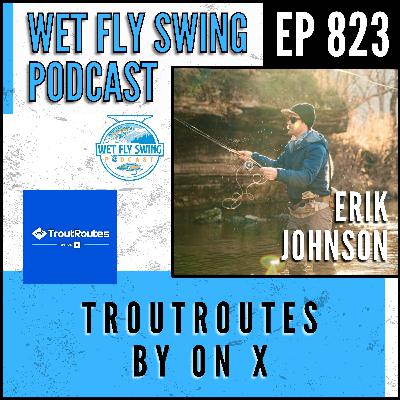
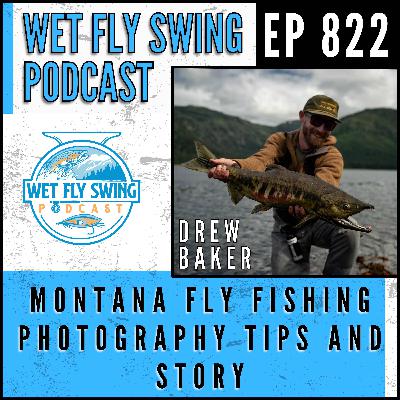
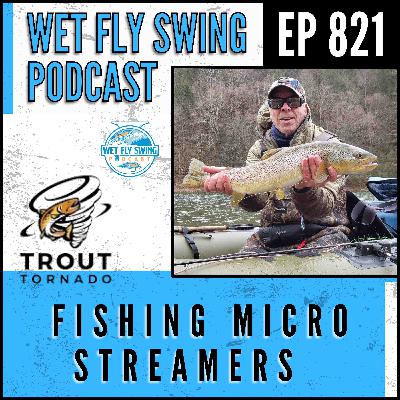
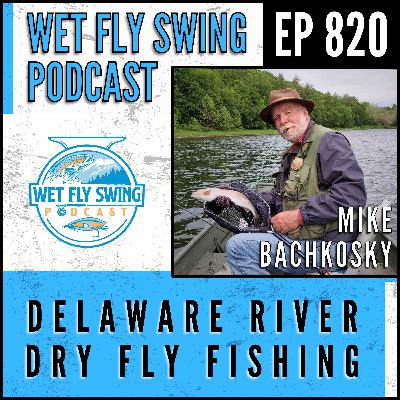
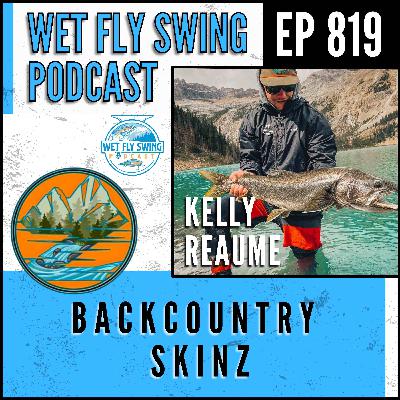

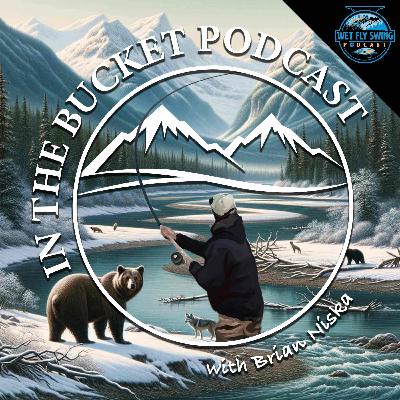
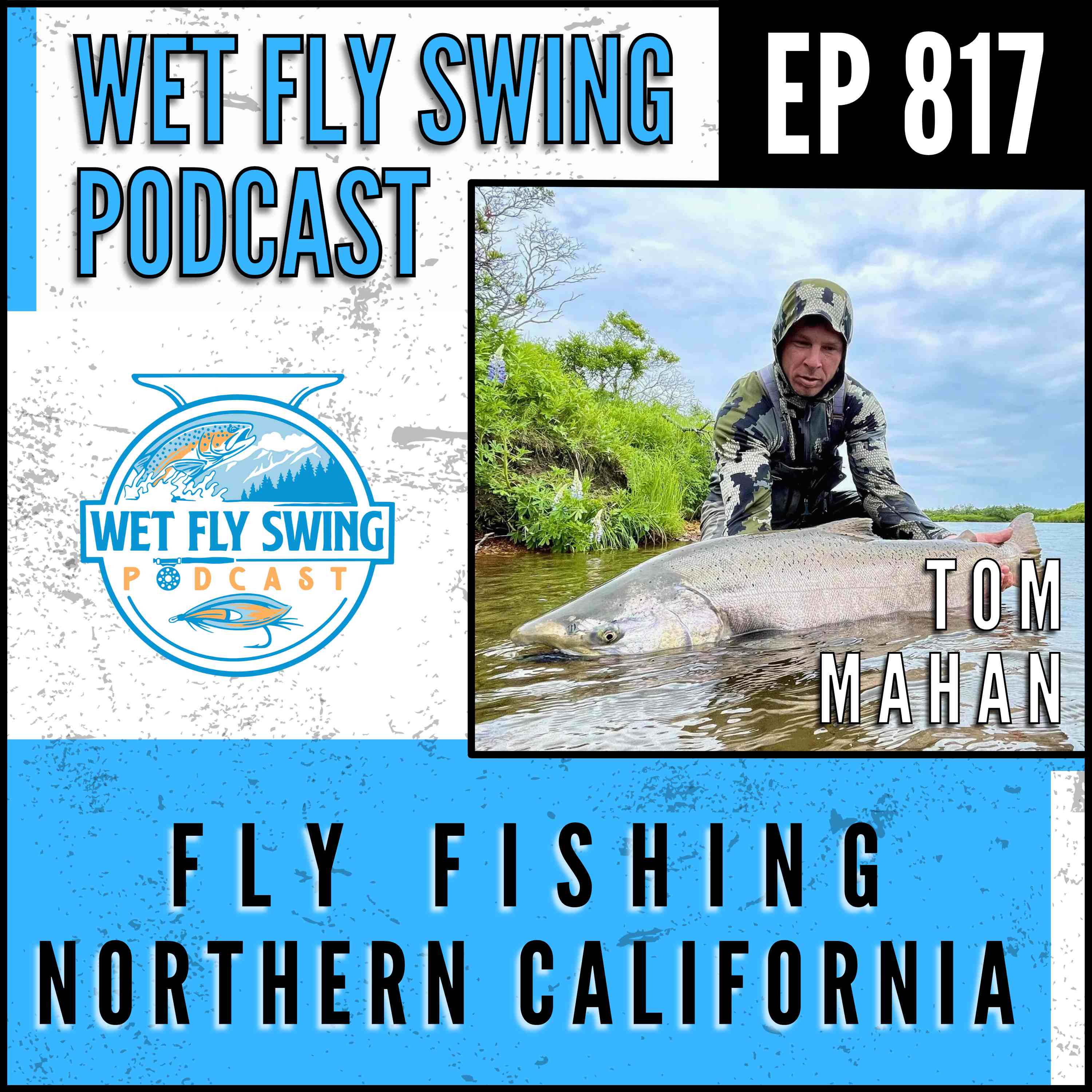
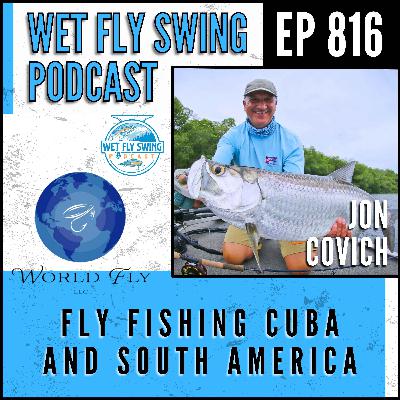
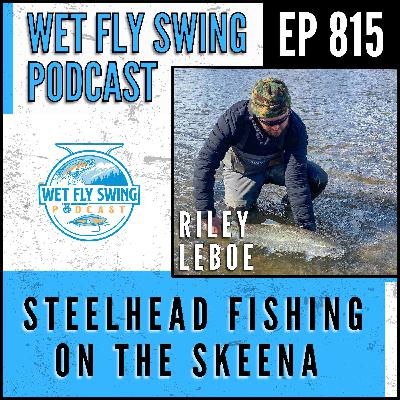
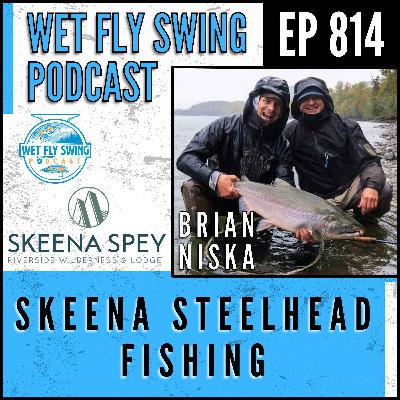
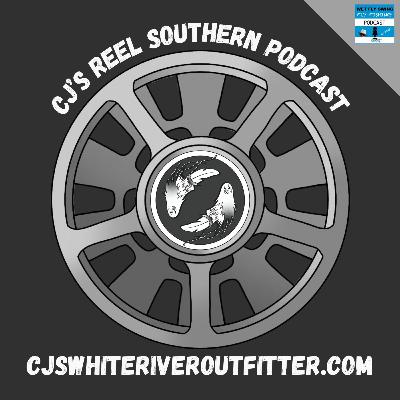
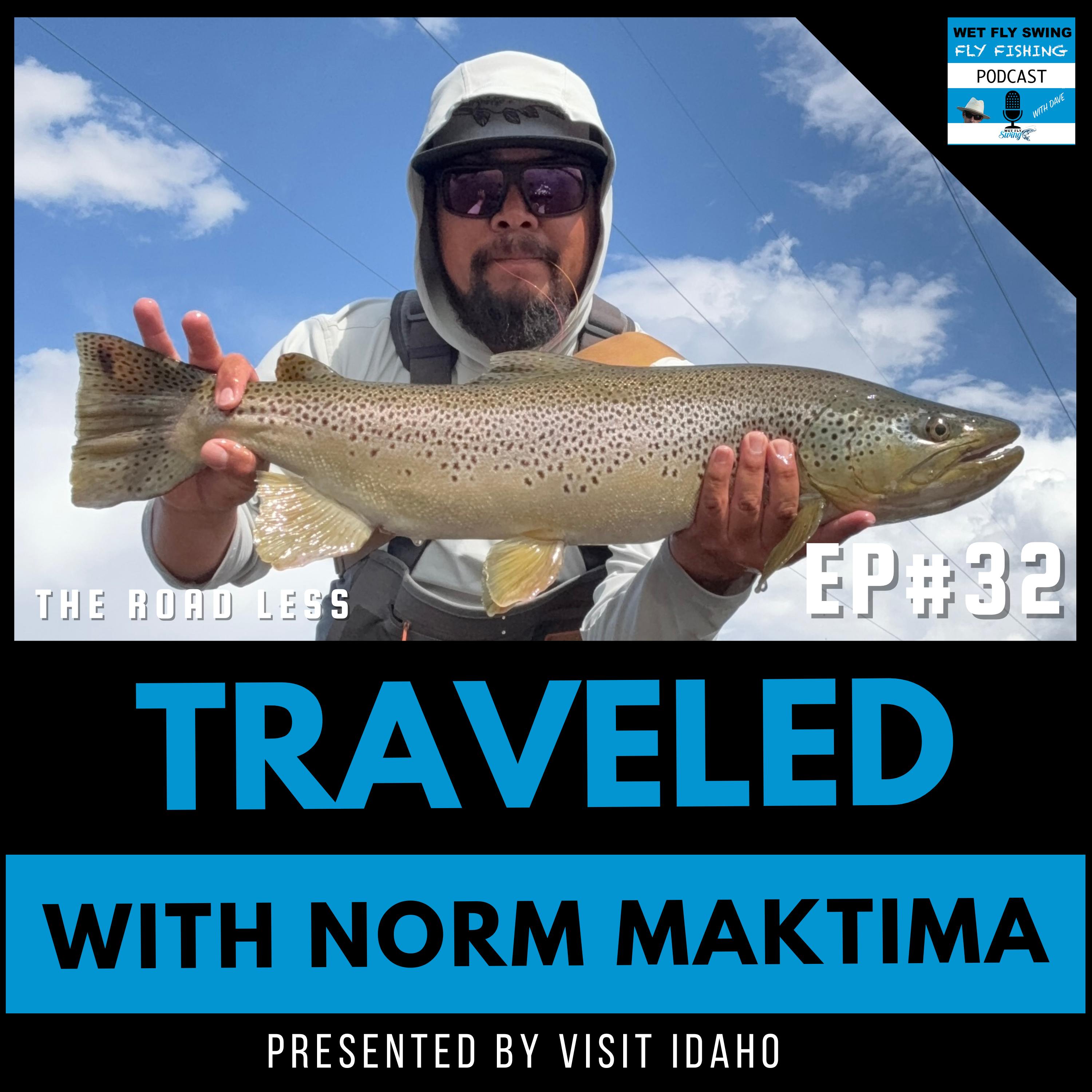
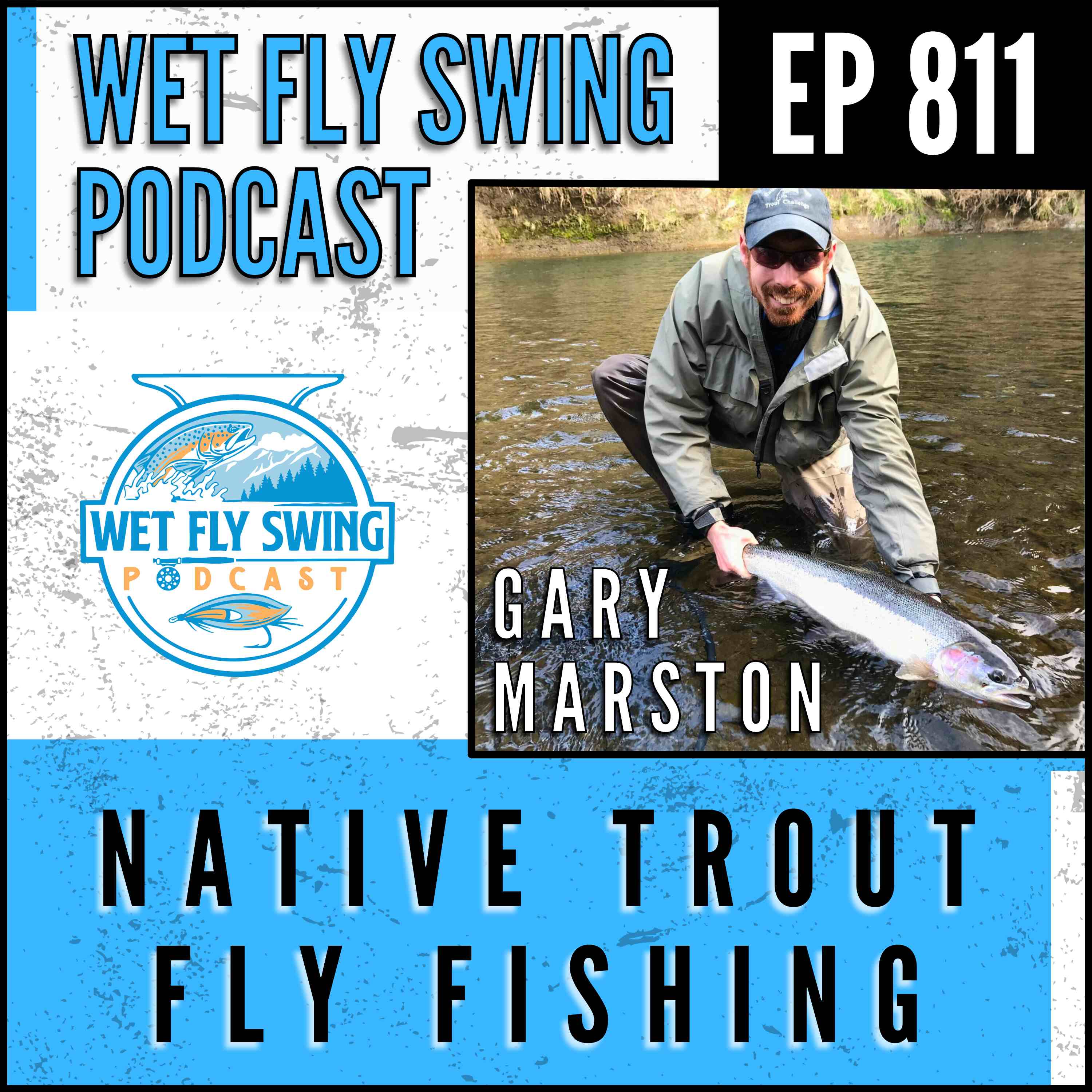
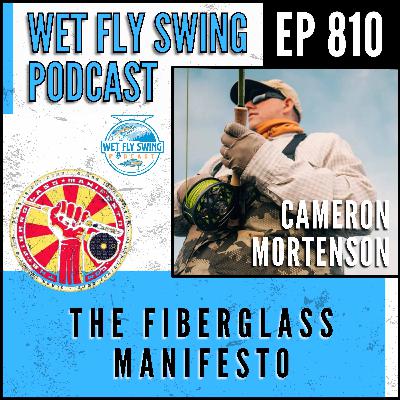
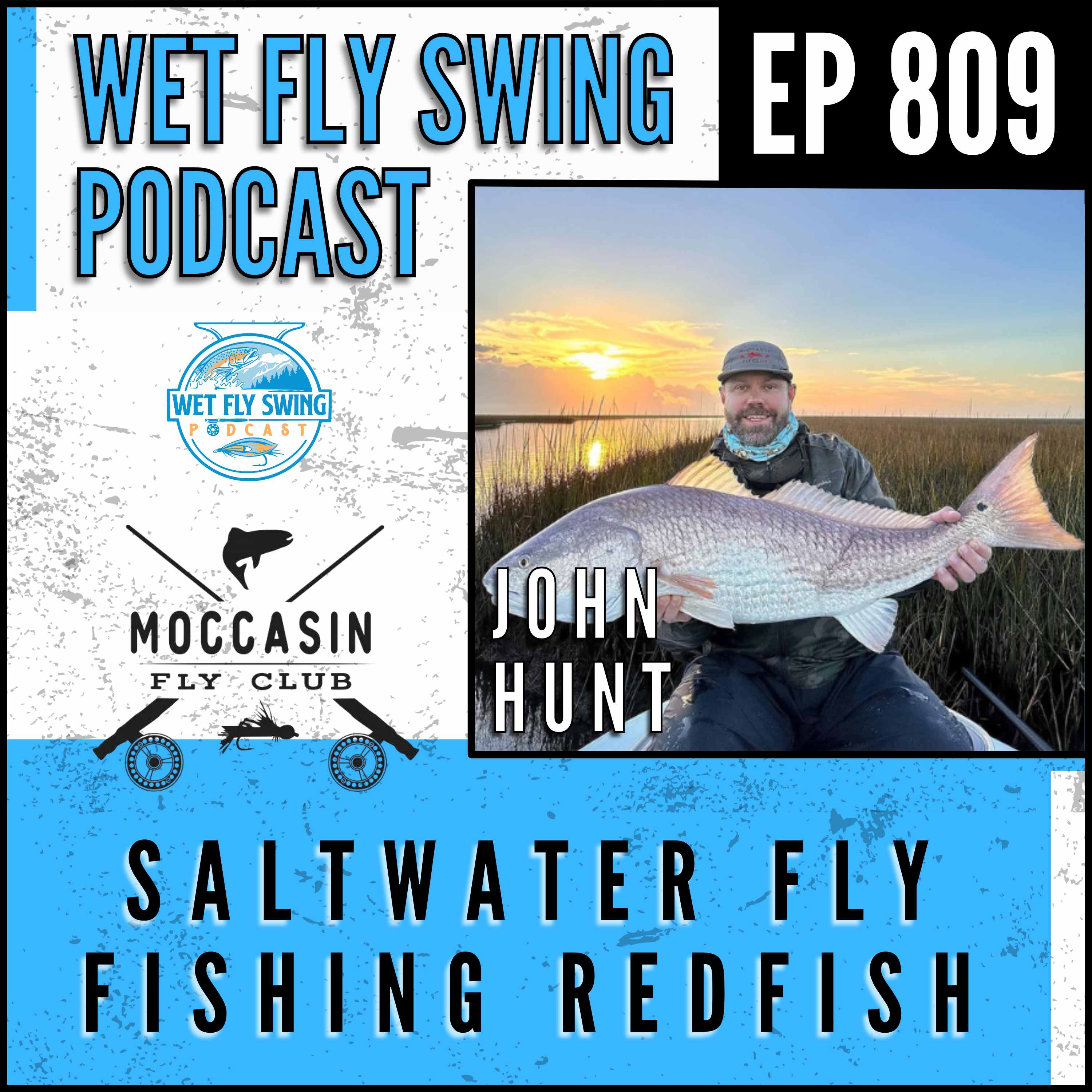
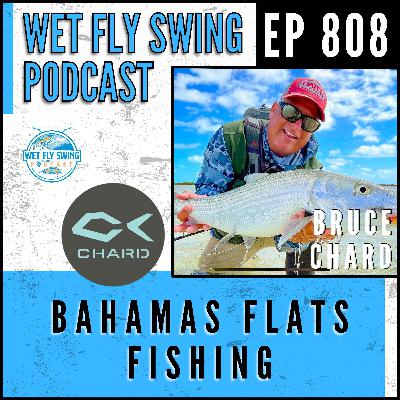
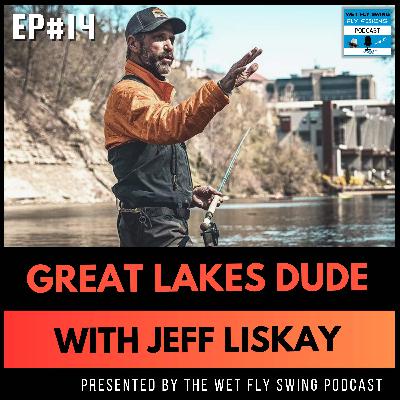



Manok Na Pula is a Philippines game. https://manokpulaapk.com/ This game is an action thriller. In this game roosters fight each other. The Manok Na Pula means “Red Rooster”. It is a mobile game. This game is inspired by traditional rooster fighting in the Philippines. The players are provided with a lot of roosters. They fight against other players.
Manok Na Pula is a Philippines game.https://manokpulaapk.com/ This game is an action thriller. In this game roosters fight each other. The Manok Na Pula means “Red Rooster”. It is a mobile game. This game is inspired by traditional rooster fighting in the Philippines. The players are provided with a lot of roosters. They fight against other players.
Manok Na Pula is a Philippines game. This game is an action thriller. In this game roosters fight each other. The Manok Na Pula means “Red Rooster”. It is a mobile game. This game is inspired by traditional rooster fighting in the Philippines. The players are provided with a lot of roosters. They fight against other players. manokpulaapk.com
Experience the thrill of virtual cockfighting like never before with Manok Na Pula Mod APK – your go-to source for unlocked features, powerful roosters, unlimited coins, and pro-level tips. Get access to: Premium mods & hidden features Latest updates & smooth performance Expert gameplay guides & tricks Whether you're a beginner or a pro, our site helps you win more fights and enjoy the game at its full potential. 👉 Start now at https://manoknapulaapk.pro/.
I've fished with Derek and his staff many times. if you're a fly fisherman in Phoenix, don't miss a day with him. So many fish, so many shots, and a delightful guy to be with.
Manok Na Pula – Multiplayer is one of the most popular cockfighting games. The game is developed by a Filipino developer, TATAY, and was first published on Google Play in 2019. The developer has introduced two games so far, with Manok Na Pula being the most popular. Till now, the game has had 10+ Million downloads from Google Play, or 200 thousand of them, in the last 30 days. https://mnpmodapk.com/
Great podcasts! Dave does an excellent job with the quality of content and guests on his show. Professional and entertaining.